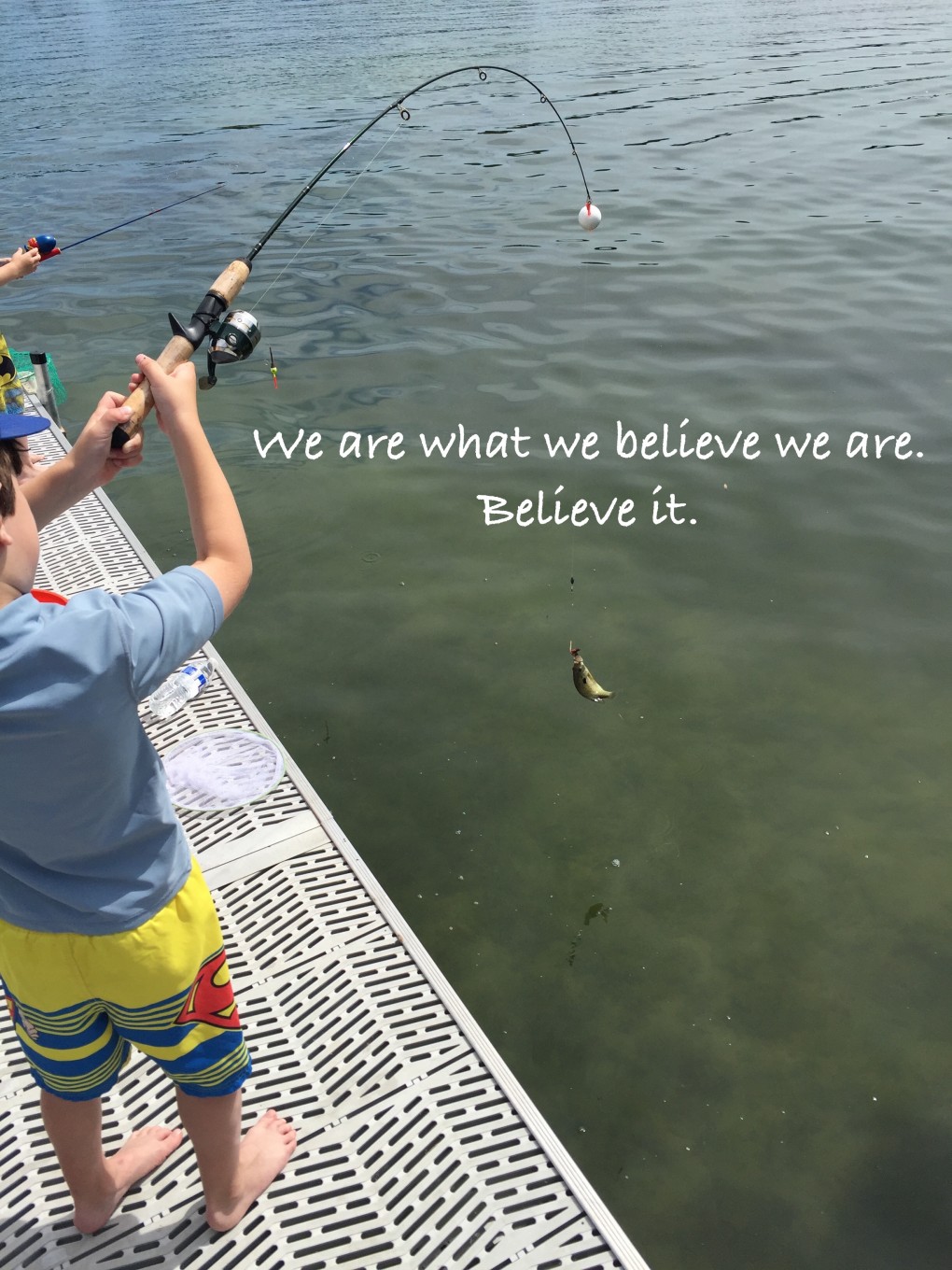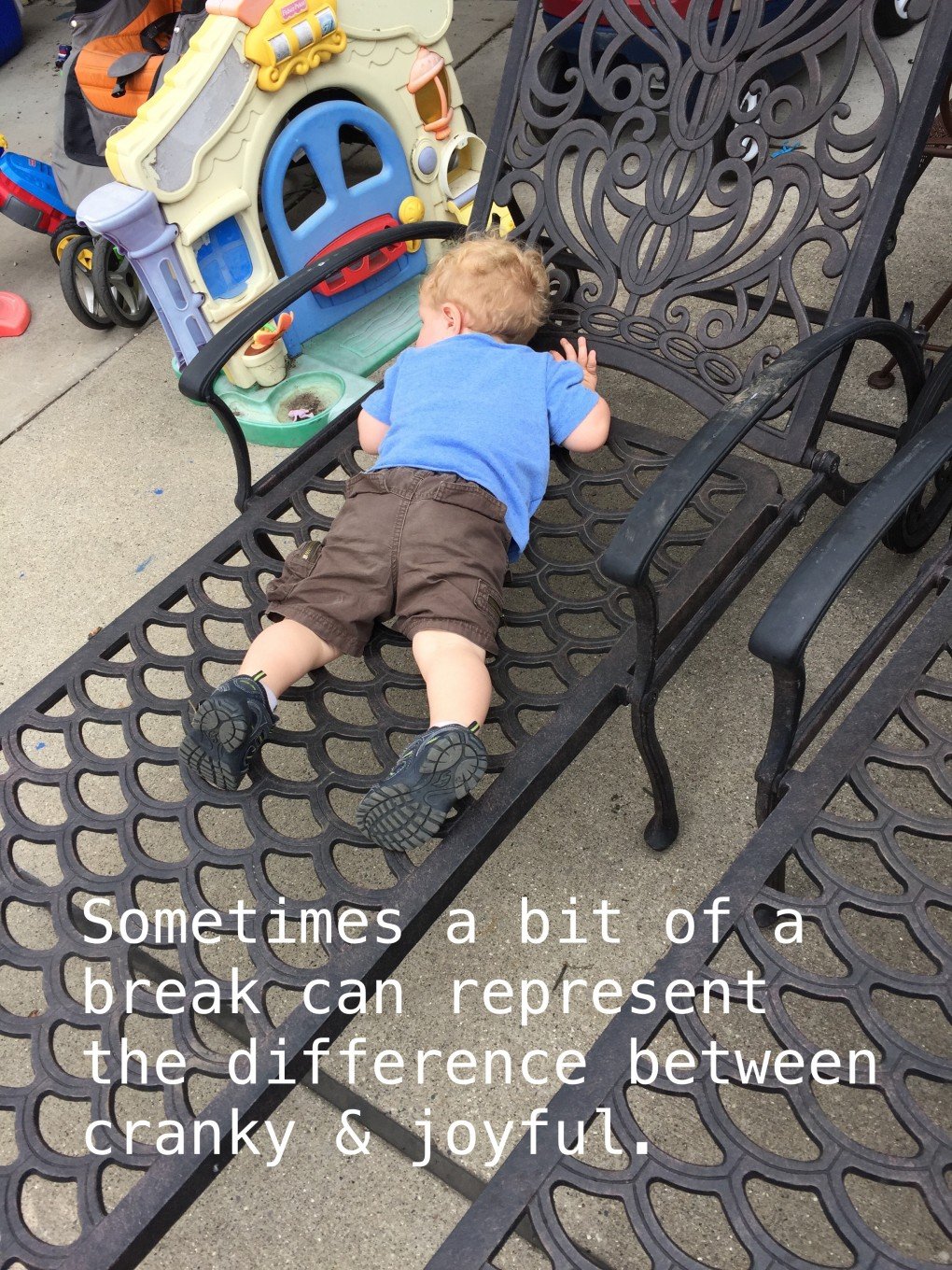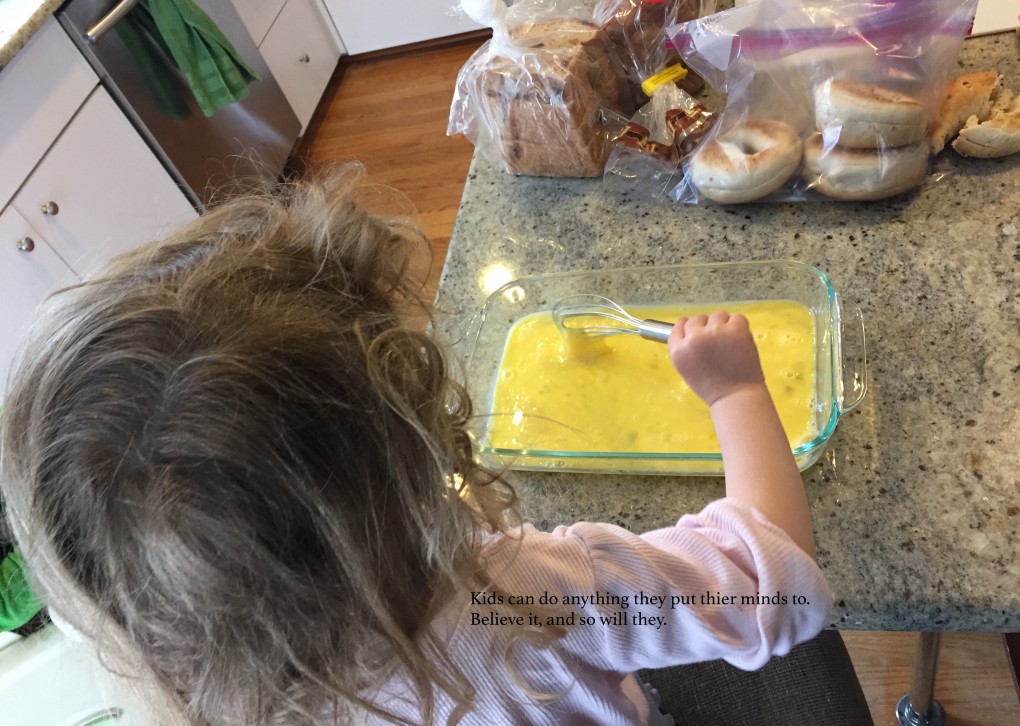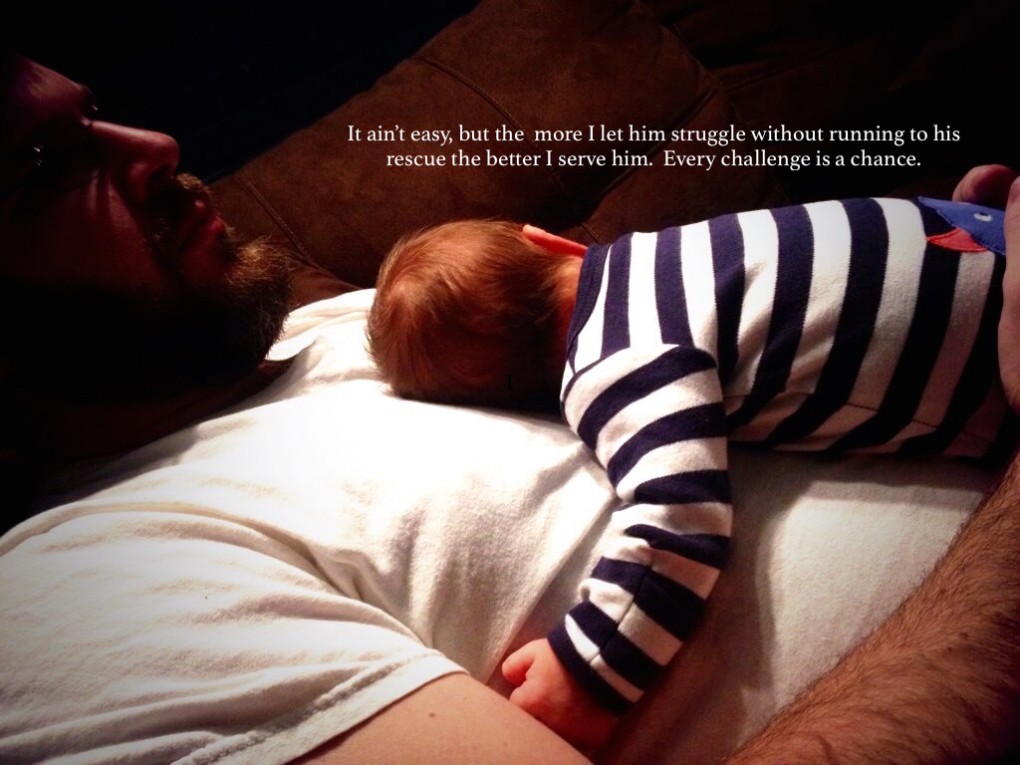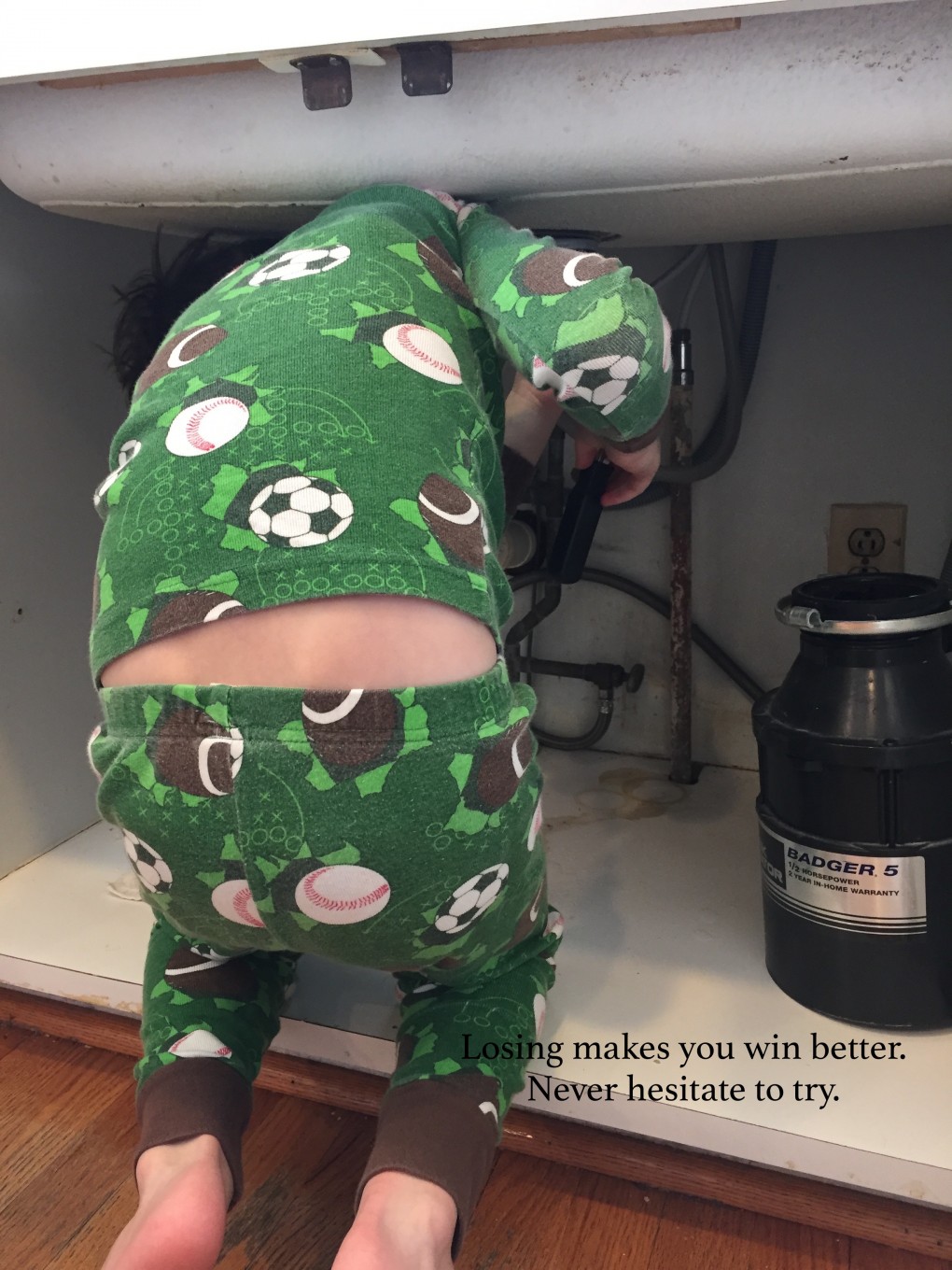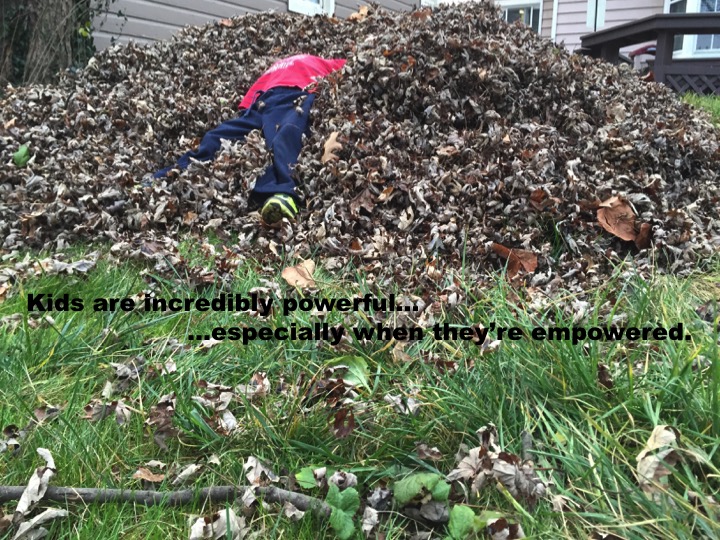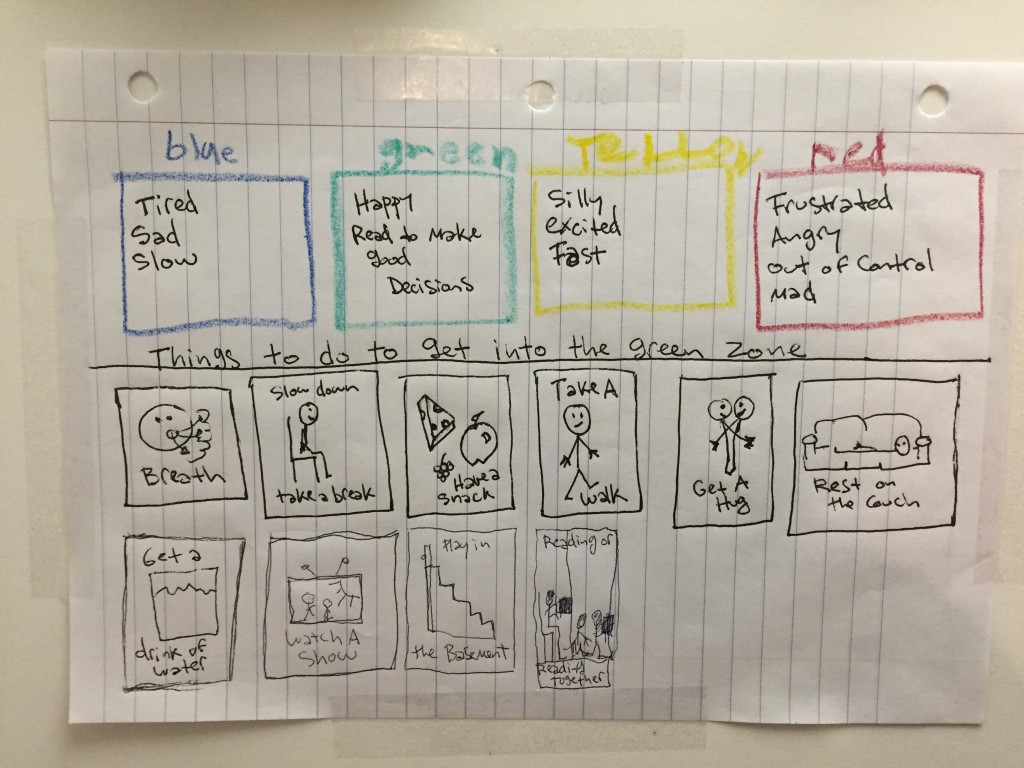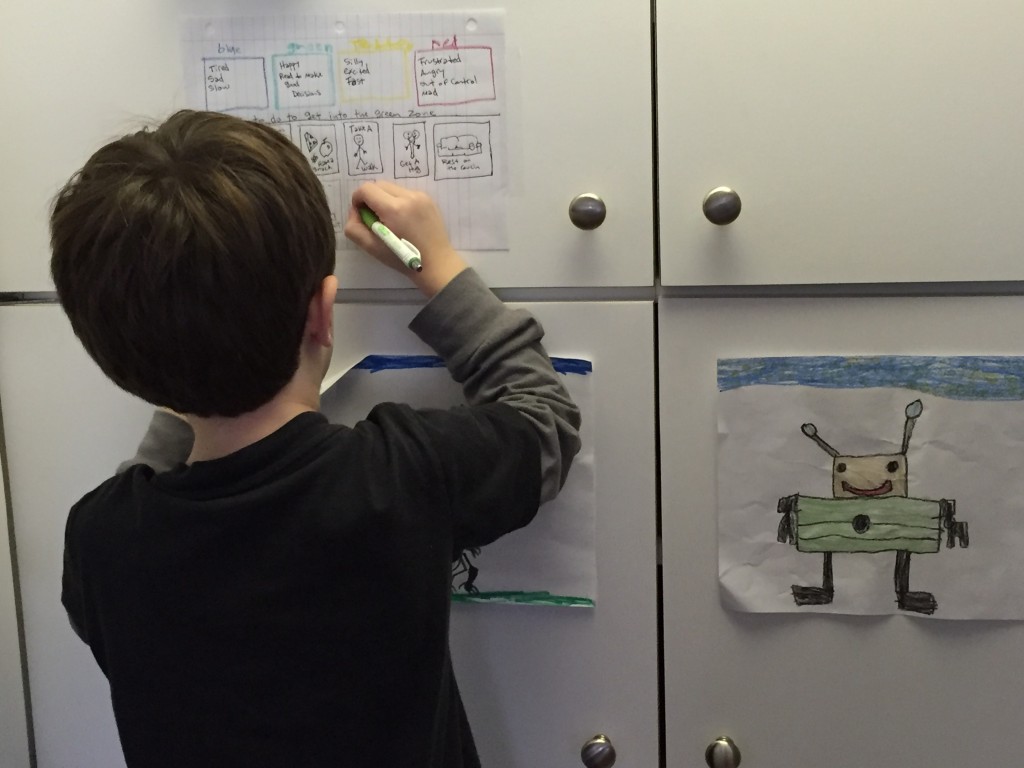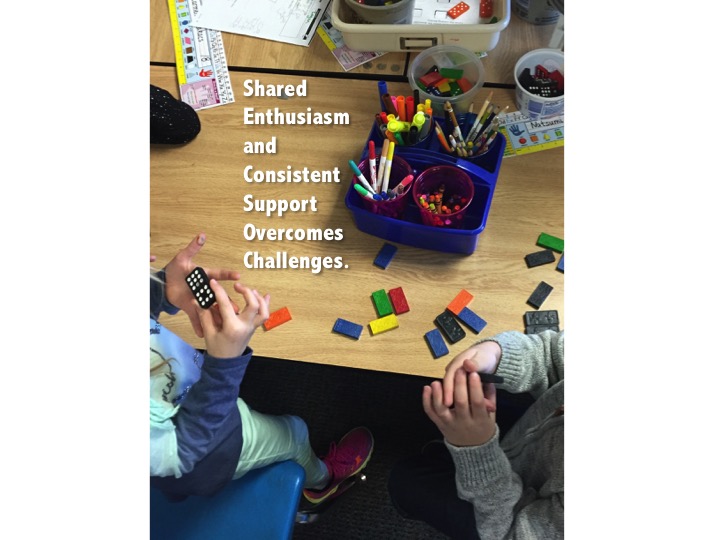Thankful Thursday: My Personal Paleontologists
Paleontologists are thoughtful and patience people. They spend loads of time very carefully uncovering tiny bits of stuff that connect them to bigger fragments of stuff and eventually lead them to thinking about whole pieces of stuff that points to enhanced knowledge of stuff that existed a long time ago (or something like that).
It all represents a bunch of time, a throng of patience, a bundle of thinking, a great deal of dot connecting, a big slice of goal focusing, a deluge of excitement on the part of the paleontologists (and eventually on the part of those of us who get excited about looking at and thinking about the stuff paleontologists uncover), and a process parents, educators, and organizational leaders have a lot to learn from.
The patient and painstaking work of this kind of digging typically takes more time than most people in today’s busy world are willing to devote to any one pursuit. It’s really a means to an end. An end that could be profound and impactful if discovered but also one that might never be (discovered, that is). Paleontologists have to find lots of the stuff they’re digging for before they can do the part of their job that produces new knowledge and understanding.
Even so, they love it. As I alluded to above it excites them. It seems that dirt excites them. Maybe that’s because of its potential. It seems that digging in the dirt excites them. Maybe that’s because of the same. No matter how long it takes to meticulously chip away at some semblance of fossilized rock or brush dust off of an ancient bone, they’re thrilled.
I have a few personal paleontologists. On this thankful Thursday, which has very quickly become a Saturday, I’m eternally grateful for them. Through my personal paleontologists (even thought they’re seven, five, and three-years-old respectively) I get to see first hand how the process works. Moreover, I get to directly experience the mindset of patient people who dig because they see & understand the value of digging, because they believe in it’s potential for uncovering some of the more remarkable and miraculous mysteries of the world in which we live, and because they love it.
Because of my personal paleontologists I’m up close to the process, and in being so I get to think reflectively about the magic of patient, thoughtful, and targeted discovery. I get to benefit from the potential it has to positively impact my processes regarding living, learning, and leadership.
It began with my oldest son. He was hooked from his first dinosaur. I’m guessing that lots of kids are. Still, he took it to a place that amazed me. From a very young age he painstakingly studied dinosaurs. He never let his skill level or developmental readiness get in the way. Before he could read he studied the pictures. As he was learning to read he forgave any pronunciation errors, not that he knew he was pronouncing things in creative ways, but he didn’t allow frustration about his reasonable limitations to stifle or frustrate him.
My second born started with dragons. Eventually he recognized the diminished likelihood of discovering dragon bones in the backyard (diminished but still not completely unreasonable). In light of that recognition along with his undying veneration for big brother’s pursuits he has since shifted to dinosaurs. He now joins his brother in the regular declaration that he’s going to be a paleontologist (plumber is a close second at the moment).
Little sister isn’t fully devoted to paleontology (or patience for that matter) but she did find and remove a bone from their practice dig site block the other day. The boys abandoned it for a snack and a break. Not five minutes later we heard a shout of, “I found a bone!” from the other room. She took it upon herself to pick up where they left off. Carefully and quietly (not her standard mode of practice) she dug and brushed out a pteranodon bone. A rib, or part of “the guts” as my oldest called it.
Shame on me for even wondering if the boys would be upset; turns out they ran into the other room with open arms, ready to embrace their little rascal (I mean, sister) in celebration. She instantly became a member in good standing of the Berg family paleontology society. They were thrilled about the discovery, despite not making it themselves. The look of pride and accomplishment on her face was priceless!
As a bit of a side note I feel duty-bound to mention that our youngest (one and a half) has made many efforts to join the club. To date, those efforts have been thwarted in large part because to his predisposition for unintended but enthusiastic demolition. I don’t suppose his older siblings will be able to fend off his curiosity and devotion to the practice of paleontology much longer. We’ll see.
Go, ready or not. For parents, educators, and organizational leaders, if we concern ourselves too much with readiness we may never start. What’s more, we may never encourage those we serve to start. We should be making sure that those we serve (especially the children) feel comfortable digging into any reasonable pursuit whether or not we feel they’re ready. We should let their interest be their readiness, and then we should make sure that our enthusiastic guidance and support serves to enrich their pathways to progress.
Yet (the potential of potential). Our children will have to thank my wife and me later for our commitment to “yet.” They certainly aren’t thanking us now. In fact, sometimes when we use the word they shout, “STOP!” in close proximity to our faces. And loudly. But we’ve emphatically decided not to stop. We use the word in response to the phrases, “I can’t,” and “I don’t know.” We believe that “yet” is a critical caveat to both sentiments if you want to maintain a growth mindset, which we do. It’s an important component of our core values. And what a connection to the great thinking, believing, and discovering our children are modeling through their commitment to paleontology.
Hey, maybe they’ll thank us for a bunch of stuff eventually (but I digress).
Inclusion & celebratory collaboration. The boys were thrilled that their sister discovered a piece of the puzzle that they’d been diligently working on. At home and in our school communities we must follow that lead. I don’t tend to think in absolutes but if you don’t believe that it truly takes a village I believe you should spend more time considering that it might, absolutely.
Let’s listen to the voices of those we serve. Let’s remember Covey’s charge to see though a lens of abundance rather than scarcity. Let’s actively share leadership; secure in the knowledge and understanding that if we don’t we’re bucking human nature. Let’s celebrate the accomplishments of others and take pride in them as if they were our own, if for no other reason than that the achievements of those we serve only serve to enhance our communities and our lives.
Let’s be patient. Let’s listen to one another and to the world around us as if we have nothing but to learn. Let’s breathe deeply and take all the time we need to see the learning unfold over time. Let’s live in each moment and realize its potential as a piece of whatever whole we exist in and a stepping stone meant to support us, individually and collectively, on whatever journey we’re each on.
I could not be more grateful for my personal paleontologist. Their dedication is another shining example of the good in what we have to learn from one another.
Paleontology…I dig it.
Happy Thankful Thursday!
Live. Love. Listen. Learn. Lead. Thanks!

